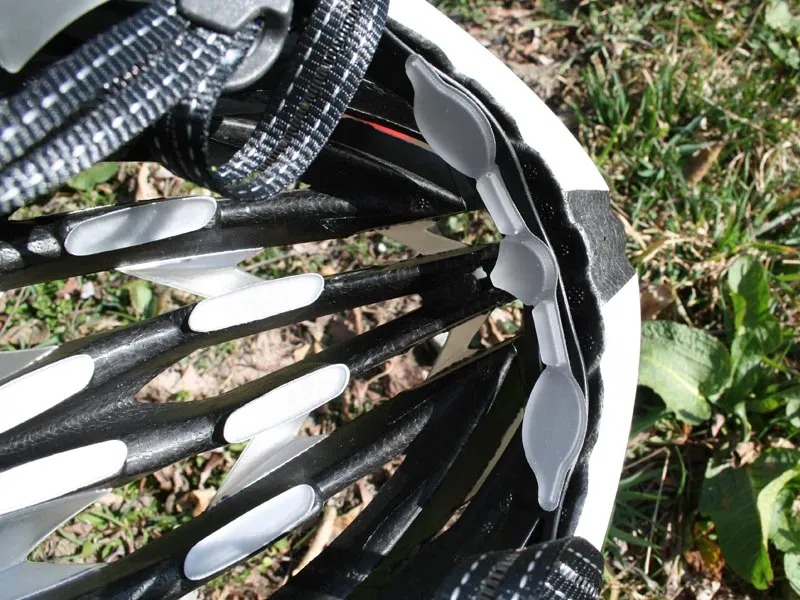We’ve just returned from a visit to MET’s headquarters in Italy, and managed to score a production version of the company’s long-awaited new road helmet, the Sine Thesis for testing.
According to Matteo Tenni, MET’s product manager, the goal of the £179 Sine Thesis wasn’t simply to create an expensive lightweight helmet, but to “have a very ventilated helmet with very few points of contact between the head and the helmet.”
The key to the new design is the integrated composite exoskeleton (ICE). It's made out of semi-flexible nylon based plastic and MET claims it will help carry air inside and through the helmet, thus keeping the rider’s head cool.
Matteo Tenni says the vents are optimised to draw in as much air across the head as possible, no matter how fast you're going: “The helmet will help to keep the rider’s head cool when riding fast, and also when the rider is climbing at low speed."

MET have done away with the ubiquitous ‘cloth’ or Coolmax helmet padding and have opted for a gel strip/spot padding system, which we can see other helmet manufacturers jumping on very quickly.
The gel-based spotting system reduces the contact between the head and helmet to 20% (compared to 60% on the current Stradivarius road helmet, for example), and doesn’t retain heat so it’s more comfortable to wear too. Unlike cloth-based padding, the gel doesn’t retain sweat either, so no more rides putting back on a soggy, smelly helmet.
At first we wondered about the gel strip which covers the forehead section of the lid - surely the sweat would run down into the riders’ eyes? Nope, once on the head, the strip forms one line which carries sweat around the forehead, away from the eyes.
Look out for a full review of the MET Thine Sesis in Cycling Plus issue 223, (out on May 1st).






